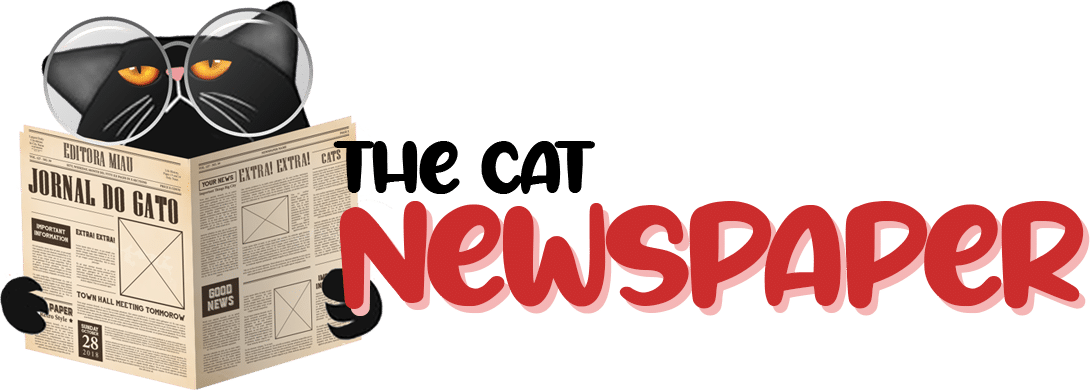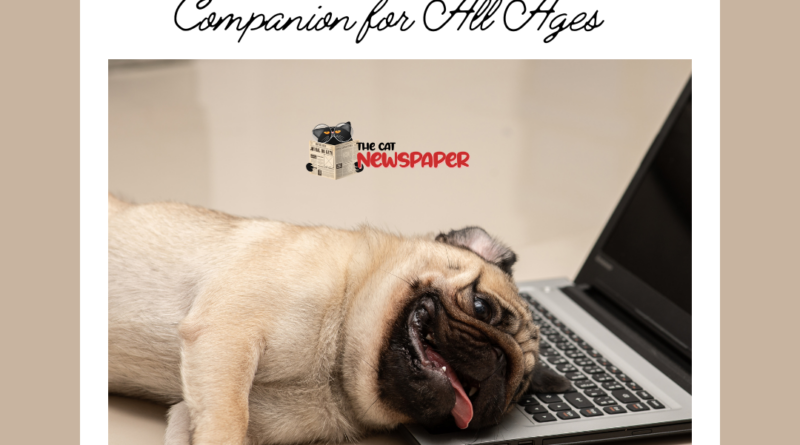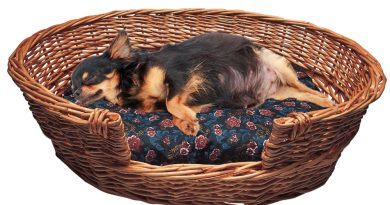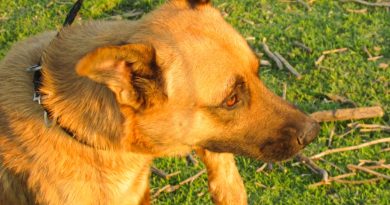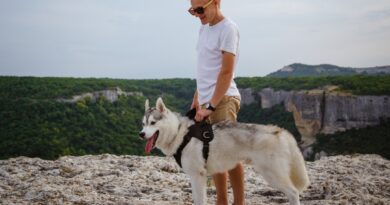Pug A Lovable Life Companion for All Ages
Pug Lovable Life Companion, with its adorable appearance and endearing personality, has won the hearts of millions of people around the world. Caring for a Pug is a rewarding experience, but it requires attention to detail to ensure the health and well-being of your new companion. In this comprehensive guide, you will find all the information you need to ensure a long and happy life for your furry friend.
The Pug breed stands out for its unique characteristics: a flat snout, large, expressive eyes, and a compact, muscular body. But beyond their beauty, Pugs are known for their loyalty, companionship, and playful nature. This combination of attributes makes them a popular choice for families and individuals of all ages. However, to get the most out of a Pug’s companionship, it is essential to understand its specific needs and provide the appropriate care.
In this article, we will cover all aspects of raising a Pug, from choosing the right puppy to preventing common diseases. You will learn about the importance of a balanced diet, regular grooming, physical exercise, and socialization.
Responsible Breeder: Prioritize breeders who value the health and well-being of animals.
Puppy Characteristics: Look for an active, curious puppy with bright eyes.
Documentation: Ask for a pedigree, vaccination certificate and health certificate.
Assembling the Pug Kit:
Essential Items: Comfortable bed, appropriate food and water bowl, toys, collars, leash, specific shampoo, brush and oral hygiene products.
Healthy Diet:
Quality Food: Consult a veterinarian to choose the ideal food for your Pug’s age and needs.
Adequate Portions: Avoid obesity by controlling the amount of food.
Fresh Water: Provide fresh, clean water at all times.
Daily Grooming:
Coat: Brush regularly to prevent knots and hairballs.
Eyes: Clean daily with a damp cloth.
Ears: Check and clean ears weekly.
Teeth: Brush teeth regularly to prevent tartar.
Baths: Bathe as needed, using specific products.
Exercise and Fun:
Daily Activities: Short walks and playtime are essential for physical and mental health.
Beware of heat: Avoid intense exercise on hot days.
Socialization and Training:
Socialization: Introduce your Pug to other people and animals from the time it is a puppy.
Training: Use positive reinforcement methods to teach basic commands.
Health and Well-Being:
Regular visits to the vet: Vaccinations, deworming, and check-ups are essential.
Common Illnesses: Be aware of respiratory problems, obesity, and eye problems.
Balanced Diet: A balanced diet prevents several illnesses.
Conclusion:
The Pug is a loyal and fun companion, but it requires special care. By following these tips, you will ensure a long and happy life for your new friend. Remember, love and attention are the most important ingredients for a long and happy relationship.
FREQUENTLY ASKED QUESTIONS:
- Why do Pugs have breathing difficulties?
Pugs are brachycephalic dogs, meaning they have flat snouts. This anatomical characteristic makes them more prone to respiratory problems, such as upper airway obstructive syndrome. The short snout makes it difficult for air to pass through, leading to snoring, difficulty breathing during physical activities and greater sensitivity to heat. - What is the best food for a Pug?
Food is essential for the health of a Pug. Choose high-quality food, formulated specifically for small dogs. Consult a veterinarian to determine the ideal amount of food and frequency of meals. Avoid fatty, sugary foods and bones, which can cause digestive problems. - How to care for a Pug’s wrinkles?
Pug wrinkles are characteristic of the breed, but require special care. Clean them regularly with a soft, damp cloth to prevent dirt and moisture from accumulating, which can cause irritation and infections. Use specific products for dog skin hygiene, recommended by a veterinarian. - What is the ideal exercise for a Pug?
Pugs need regular physical activity, but it is important to remember that they are small dogs and do not tolerate intense exercise. Short walks and light play are enough to keep your Pug active and healthy. Avoid activities on very hot days and watch for signs of fatigue. - How to prevent obesity in Pugs?
Obesity is a common problem in Pugs. To prevent it, it is essential to control the amount of food they eat, offer high-quality food and encourage physical activity. Avoid offering excessive treats and divide meals into several portions throughout the day.
